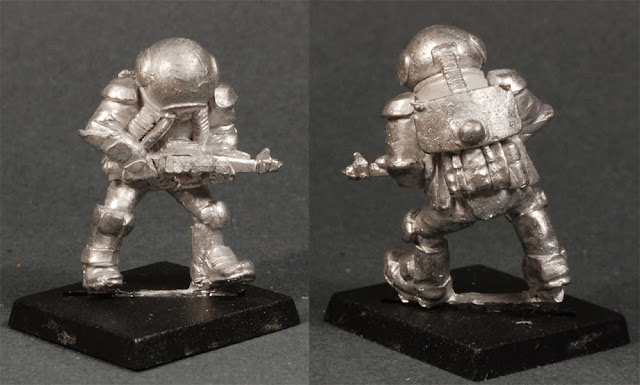Less than a week remains until Oldhammer once again treads the scuffed but haloed concrete floor of the Wargames Foundry. The tens of thousands of miniatures that hang in their plastic blisters will bare silent, but supportive, witness to old school fantasy played on a grand scale. The forces of Chaos will clash with those of the undead lord, Mum-Ho-Thep for malign and twisted purposes, but more of that later!
If you are not followers of the Black Hole (Warlord Paul's Mouthpiece of Spewing Chaos) or the place Where the Sea Pours Out (by Robotforaday) you can follow the handy links below to 'do the deed' and follow along.
What I present here is the background material provided by these two stalwart Oldhammerers, accompanied by my own. Paul is GMing and providing the narrative material behind Mum-Ho-Thep, including some appropriate scenery, while RobotforaDay is bringing along his Fimir force, which as I understand it, will be allying with the forces of undeath. This should provide the reader with an opportunity to tune into the game to be played next weekend in anticipation of the inevitable Battle Reports coming your way soon.
First of all, lets learn about Mum-Ho-Thep from Warlord Paul...
"The Ziggurat glided silently onward to the next locus point of Mum-Ho-Thep’s scattered realm. It looked as though beams of pure magic had carved it away from a more natural resting place. The living rock, from which the main temple itself had been carved in a distant era, was tortured and twisted.
A lone Skeleton sentry stood, immobile, staring out towards the horizon. It would easily be mistaken for a statue, were it not for the tattered rags flapping about the shoulders. The skull turned very slightly, almost imperceptibly. It looked out to the north where a smudge had appeared at the edge of perception. Was it a cloud bank? Fog? What was that rising from it, a wisp of smoke? No. It was a banner. The smudge was an army and it was closing fast!
As soon as the mindless automaton had seen the forces of Chaos the image was transmitted to the Liche, Korvun. He had been poring over an ancient map that depicted this place as it would have been 4000 years ago but now he looked up from his chart table and sent out an urgent thought to his minions.
“Prepare the ritual, activate the Array, summon the Guardians! We must awaken the Master and crush these interlopers!”
Inside his sarcophagus, Mum-Ho-Thep began to stir for the first time in centuries…"
Next we shall hear what RobotforaDay has to say about his Fimir forces...
![]()
"Derach the Demented Dirach crouched in his makeshift home. He could see nothing. Past battles had made sure of that. Cruel revenge at the hands of those who captured him and tortured him as punishment for the deeds of his clan had left him without his eye, his horns sawed off, his head and body hideously scarred. Freed after the village where he was held captive was razed, he was left an outcast, a source of disgust and horror.
Shunned, now he lived in a crude shelter cut into the bank of a plundered burial mound. His only task to wait. Not to return to the clan until he had news. News that Mum-Ho-Thep was in this land once more.
He could see nothing. But he could feel the damp around him, he could smell the rot. And he could hear. Hear the wind in the reeds, hear the splashing movements of the fish and fowl in the swamps around. And through the wind, across the swamp, he heard it. A humming. The sound of an ancient and alien energy, moving steadily closer, growing louder until it was unmistakable.
A manic grin broke across the face of Derech the Demented Dirach. "Hhhe hassss returned! Hhe hassss RETURNED!"
He clambered out of the mound, staggering through the marsh like a drunkard, staggering towards the homes of his clan, hissing all the time with greater and greater anxiousness. "Hhhhe hassssss RETURNED!"
The fimm of Clan Slea gathered at the edge of the settlement to see the Dirach stumble towards them. Some turned away in digust, some mocked and laughed. Until at last Derach the Demented Dirach reached the Warlord's chamber.
"It isss true?"
"Yessssss. Hhhe hassssssss returned. Our tithe is due. It isss TIME."
"Ssso. After all these years, it sssseems we must once again give tribute and prove our fealty. To show Mum-Ho-Thep that we are willing to repay our ancient debt. To fulfil the terms of our oath. Oh yesssssssss, we will pay our tithe, pay it indeed. We will pay it IN BLOOD."
The Fimm raised their weapons and roared. Somewhere in the distance, Mum-Ho-Thep's ziggurat floated along its ancient course towards the horizon and blinked out of view."
Next, we return to Warlord Paul for some wider background about the game...
The Floating Ziggurat of Mum-Ho-Thep is an ancient Slann device, an engine of great power that resides atop a prehistoric temple. Nobody remembers now what the device was intended for but at some point it was captured from the Old Ones by the immeasurably old and powerful human sorcerer, Mum-Ho-Thep. Those rare books that mention him at all say that he was born into an age of stone with the ability to see and manipulate the winds of magic when most of his peers had little more than fire, flint and spear to wield. He was able to command mighty spells many centuries before the Elves deigned to teach magic to mankind leading some scholars to compare him to the terrible Drachenfels himself. He is said to have led a rebellion against the Slann and wrested control of the temple in a bitter struggle, magic flashing in the sky and men and Slann alike falling dead without a mark on them. Once inside and in control of the temple, Mum-Ho-Thep activated the Array which caused the earth itself to buck and heave as the temple was torn from the land and the Floating Ziggurat was created. At first, Mum-Ho-Thep was able to guide his new fortress anywhere he wished, as well as gliding sedately across the face of the world the Array allowed the entire structure to disappear and reappear anywhere on the planet, but as the millennia passed he took to spending more and more time in his regenerating sarcophagus while the operation of the Array became a lost art to his servants. As his living army dwindled to be replaced by skeletal warriors by necromantic means the Ziggurat settled into a pattern of visiting a set number of previous destinations, the loci. Now, the Ziggurat wanders along this route over and over. It floats for miles before winking out of existence and reappearing at the next locus point to continue the journey. This route is the realm of Mum-Ho-Thep, those who live along it see him as a benevolent God-King and offer up tribute at his passing. There are always those who try to expand their borders into this realm but eventually, the Ziggurat returns and the Undead armies of Mum-Ho-Thep take a cruel revenge on the usurpers, often with the aid of local forces who have worshiped their God-King for generations.
Now, let's get the ball rolling with the background with my own chaos force.
Titus shifted the weight of his club as he made his way down through the rocky outcrop that marked the opening of the valley. His mismatched boots, one torn from a bandit's severed leg, the other stolen from a carpenter's cart, crunched the white, chalky stone of the pathway. Goat turds dotted the track, suggesting that the route was taken frequently by the mountain men who raised their herds of straggly goats here. It would be an unlucky herder indeed who met them on the track that day, for Titus' lord, Ulthur Deathfist, known to his servants as 'Slambo', would leave no mortal living.
Twisting backwards, Titus could make out the ragged line of his companions behind him. There was Crone, with his twisting, snake-headed arm, Skullface, dimwitted as ever, insescently scratching his bony face and Beorn, the great brute, his rusting, two handed sword balanced over his scarred shoulder. These were his fellows, his equals amongst the Host of Khorne that Deathfist led. Beyond them, the heavily armoured Marauders trudged their way, aloof and arrogant, down through the larger rocks. Violence would enshew if Titus, or another one of his number, dared to speak to them, or even acknowledge their existence, for they far outranked him. Further still up hill, the red armoured giants of the true Chaos Warriors clanked, their chaos armour glowing brightly in all manner of shades that pleased their patron, the Lord of Blood. These were the elite. The true killers of the Host. These were the beings that all followers on the Path of Blood dreamed to be. Powerful, merciless and living only to destroy the enemies of their patron in a orgy of destruction. The still sane part of Titus' mind recoiled in fear for a fraction of a second, though whether it was in fear of these warriors or the fear of becoming one of their number, only his conscience knew.
Turning back to the path, he could make out the stumpy forms of the dwarfs. These squat forms carried huge weights on their backs. Bulky equipment that made up the petard mortar and the bazooka rockets. Grimbeard Twofingers, their master, supervised the transportation of the weaponry as his kin struggled with the huge weights and the uneven ground beneath them. He was a dangerous foe, thought Titus, who felt again the tang of mistrust about the dwarf and his crew. Slambo was pleased to have them among their number, for they had constructed a chariot for him to ride on, but some of the lower members of the Host felt nothing but contempt for their presence.
The rest of the Host were still out of sight, lost from view among the crags atop the valley, and Titus concentrated once more on his role. His unit was to act as a scouting party for the slower moving troops behind. They were to deal with the goatherds and the other weaklings deemed to pathetic to inconvenience the more powerful among them. They were also looking out for the cavern, the place where their lord was leading them; its smoothed entrance marked by certain runes.
As they searched, Titus thought of his lord, Ulthur Deathfist. The gigantic warrior in crimson armour that had lead them for nearly thirty years. Not that Titus felt those three decades, for strangely, his body now seemed more powerful that it had been in youth,and there had been no twisting of age about his limbs. Deathfist was blessed by Khorne. This was well known among the warbands that fought for territory, and against forces of rival gods, down here in the Badlands. Ulthur had been led by a 'voice' in his mind for some seventeen years now, a voice that had led them to victory to victory and, finally, to this bleak place in the badlands.
Crone stopped suddenly! His leering, bloated tongue gibbering wildly as he gazed forwards into the heat shimmer. There before them stood a smooth opening in the rock face, a tunnel that looked to have been worn smooth by the passage of an enormous amount of water in ancient times, but now it was little more than a dusty, dry cavern. They had found it!
Uphill, an entity in the mind of Ulthur Deathfist smiled darkly.
Ulthur Deathfist leads a very successful warband that has expanded to a size that can now really be called a small army. This success is partly due to a daemonic presence in his mind, this entity, in reality a lesser daemon of Khorne, has used its knowledge to guide him from the forests of the Reikwald down into the Badlands. As with any successful Chaos leader, his forces have swelled as the remnants of defeated rivals and other chaos creatures. As this has happened, the lesser daemon has been able to communicate with Ulthur more frequently and has explained to him the significance of an appearance of a strange relic in the skies. An ancient weapon lies lost and abandoned amongst the ruins of a flying temple, a temple once revered by the Slann but since lost to undeath. The Daemon has led him to a place where in a few days time, the Ziggerut will reappear and the Host of Khorne will have a chance to retrieve the weapon. The daemon is aware that Ulthur will be unable to do this alone, and will need allies, so it has led him to the site of his first devotion to Khorne. The site of a massacre of his fellows when he was in service to a local tyrant. Among the corpses, now little more than skeletons, lies Augur Boneface, the individual who turned the young Ulthur towards worship of the Blood God. The daemon hopes to awaken the old servant of Khorne and raise him and his former warriors and skeletal champions of Khorne. Once re-enforced, Ulthur will order his Host forwards to attack the realm of Mum-Ho-Thep and reclaim the daemon blade once again.
In my next post, I shall introduce to you the army I plan to take with me to Blog-Con and set about generating the profiles of the characters and troops.
Orlygg.




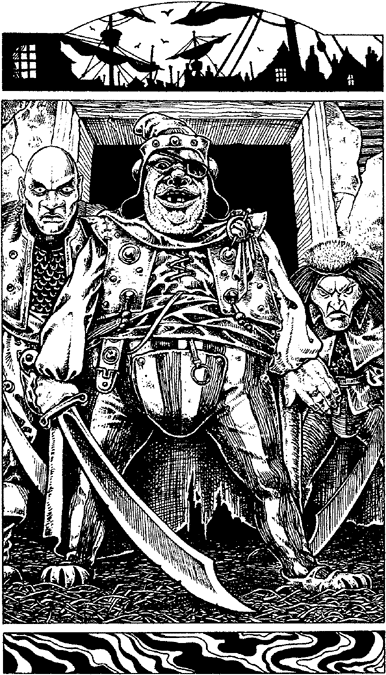
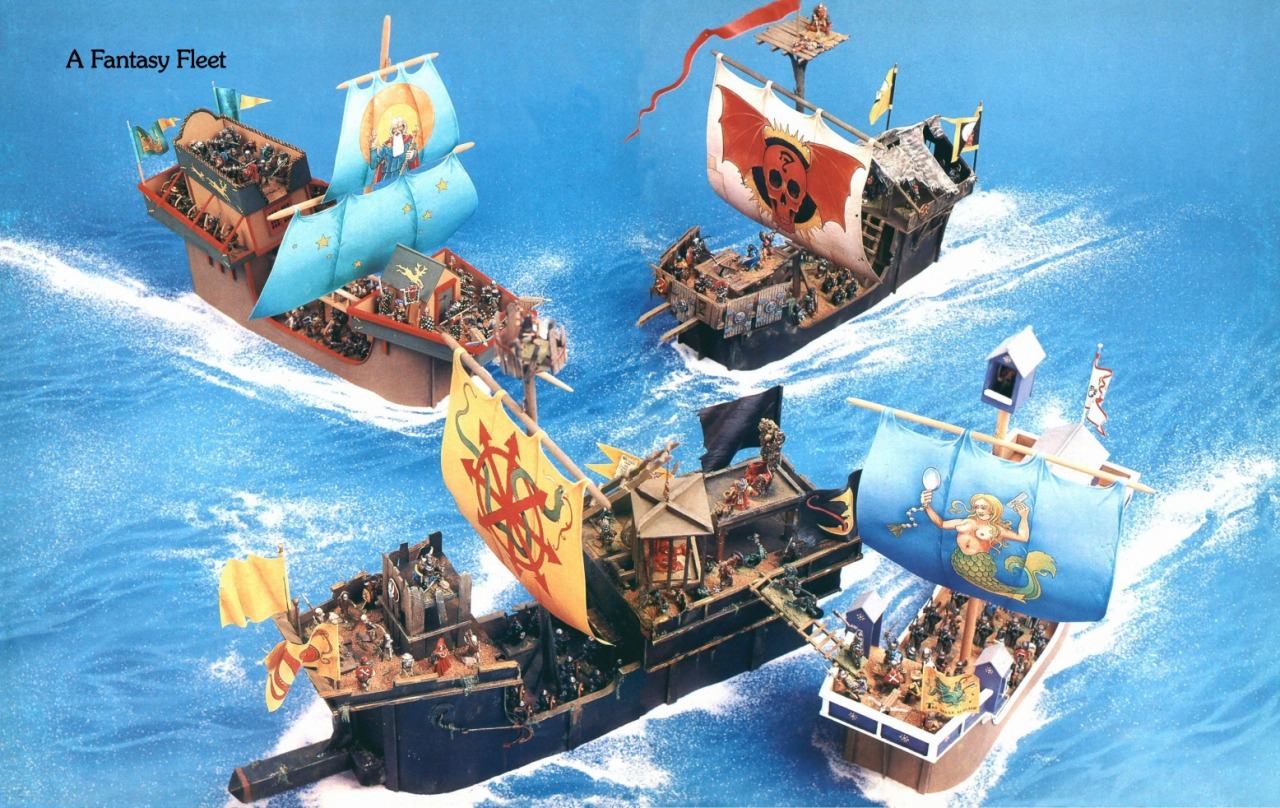
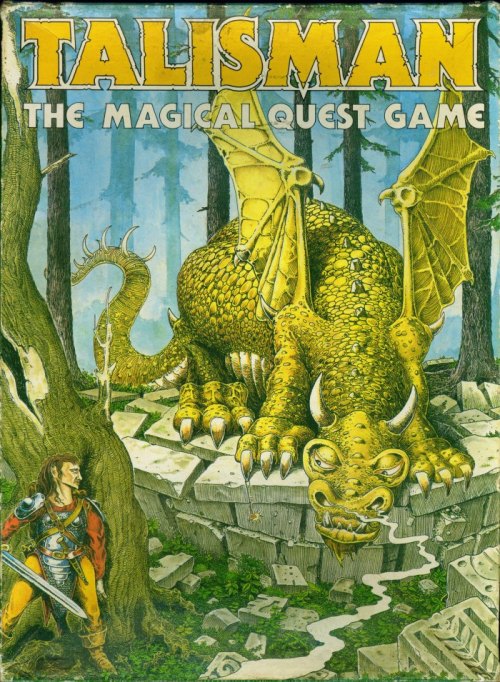

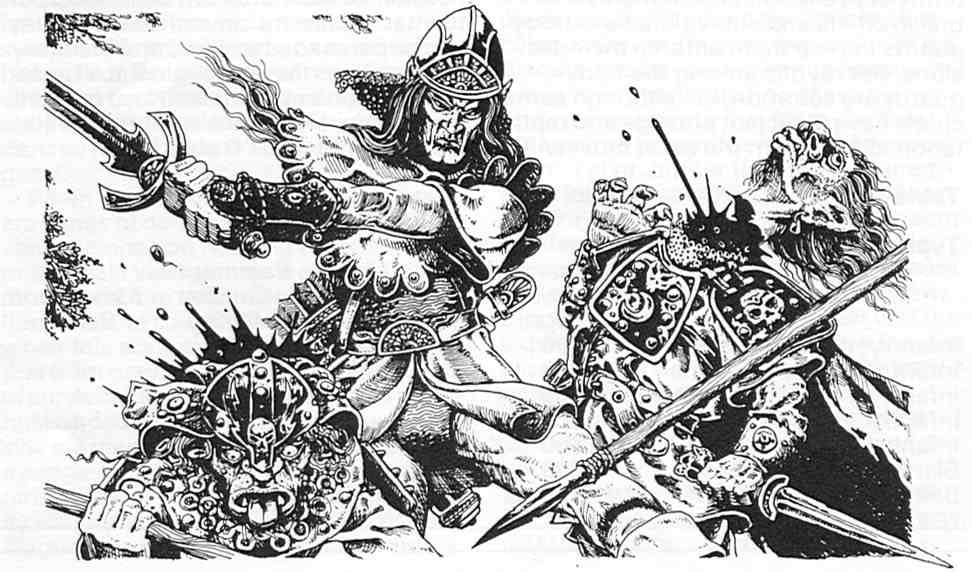
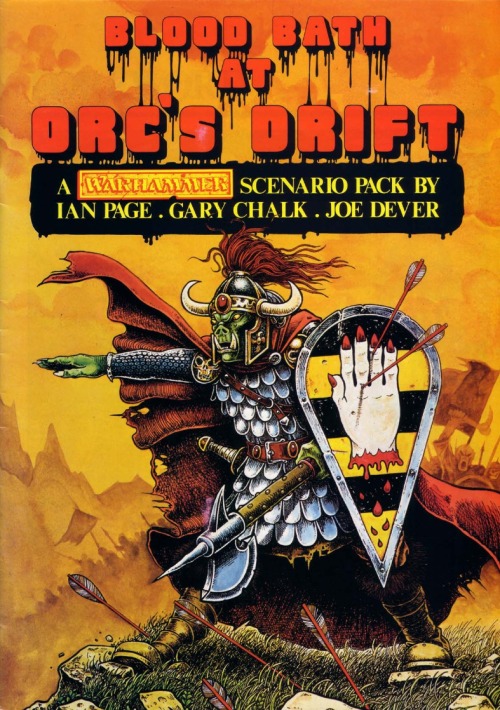
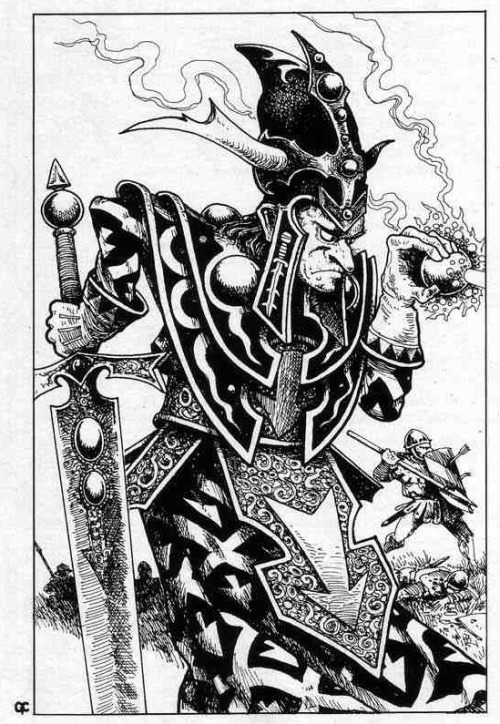











.jpg)













